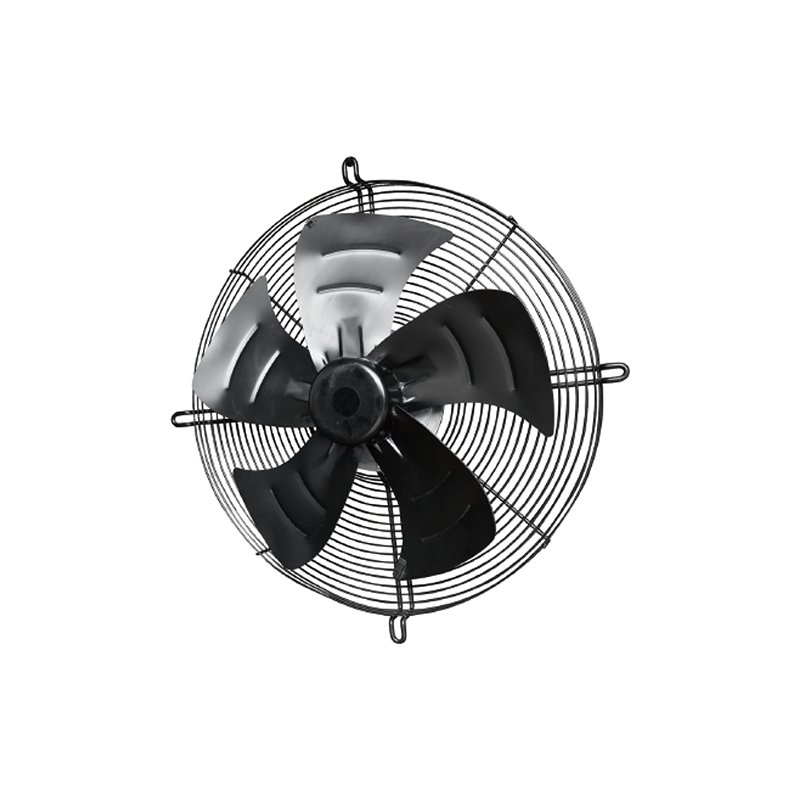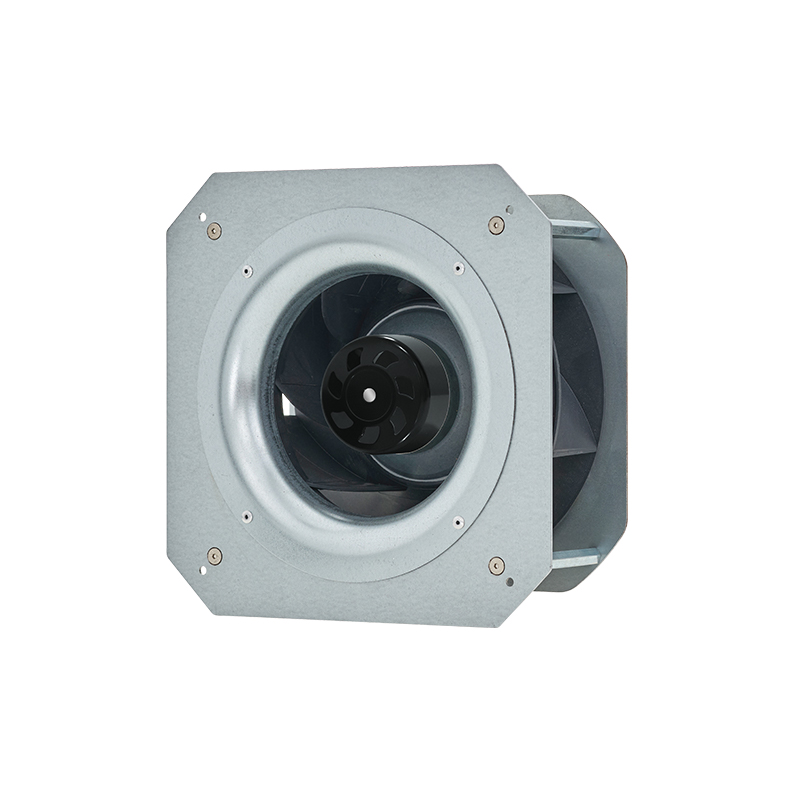FOCUS ON EC FAN ONLY
When designing or sourcing air movement solutions for HVAC, industrial equipment, medical devices, or electronics, engineers are often faced with an important question:
Should I use an axial fan or a centrifugal fan?
Both types of fans are essential in modern ventilation and cooling systems, but they serve different purposes and operate on different airflow principles. Choosing the right type can significantly impact system efficiency, noise levels, space requirements, and cost.
In this article, we explain the key differences between axial fans and centrifugal fans, including working principles, airflow patterns, pressure capabilities, typical applications, and how to select the right fan for your project.
An axial fan moves air parallel to the fan’s shaft. Its blades rotate around a central axis, drawing air in and pushing it forward in a straight line, much like a propeller.
High airflow (volume)
Low to medium static pressure
Compact and lightweight
Lower noise at free-flow conditions
Efficient for large volumes of air with minimal resistance
Ventilation systems
Air conditioning units
Electronic device cooling
Automotive fans
Evaporators and condensers

A centrifugal fan, also known as a blower, draws air into the center of the fan and then expels it at a 90-degree angle from the intake. The impellers accelerate the air outward using centrifugal force.
Moderate to high static pressure
Stable airflow under resistance
Suitable for long duct systems
Quieter operation at higher pressure
Available in forward-curved or backward-curved designs
HVAC duct systems
Air purification systems
Industrial machinery cooling
Cold storage ventilation
Cleanroom or medical ventilation

| Feature | Axial Fan | Centrifugal Fan |
|---|---|---|
| Airflow Direction | Straight through | 90-degree radial |
| Pressure Capability | Low to medium | Medium to high |
| Air Volume | High | Moderate |
| Duct Compatibility | Best for short ducts or open space | Ideal for long, complex ducts |
| Noise Level | Low at free-flow | Quieter under resistance |
| Size and Weight | More compact | Generally larger and heavier |
| Maintenance | Simple structure, easy maintenance | Robust design, longer lifespan |
| Energy Efficiency | High at low resistance | High at high resistance, especially with EC motors |
| Applications | Cooling electronics, ventilation, HVAC | Filtration, industrial ventilation, cleanroom airflow |
Air is drawn in and pushed out in the same direction.
Blades rotate like a propeller.
High flow, low resistance—best for open-air cooling.
Air enters axially, redirected radially via spinning impellers.
Produces higher pressure.
Can push air through filters, ducts, or resistance-heavy systems.
At PBM, both axial and centrifugal fans are available with advanced EC (Electronically Commutated) motors, offering:
High efficiency with intelligent speed control (PWM or 0–10V)
Energy savings up to 70% over traditional AC fans
Quiet operation with low EMI
Maintenance-free performance
Longer life span due to brushless motor design
Whether you need compact axial fans for electronic cooling or high-pressure centrifugal blowers for air purification systems, PBM’s EC fan series meets diverse industrial needs.
The right fan depends on your application’s airflow and pressure needs. Here’s a quick decision guide:
You need to move large volumes of air through open space or minimal ductwork.
Space is limited, and compact design is critical.
Noise and energy use are top priorities at low resistance.
You’re cooling electronics, appliances, or small enclosures.
You need to push air through ducts, filters, or systems with high static pressure.
Stable airflow under resistance is critical.
The environment is industrial, medical, or involves air purification.
You require higher air pressure with quieter operation under load.
Centrifugal fans used in fume extractors and enclosed machines where high static pressure is needed.
Axial fans keep airflow constant in evaporators and condensing units, where space is limited.
Axial EC fans ensure quiet and efficient cooling in server racks and networking equipment.
Centrifugal EC blowers provide sterile and stable airflow in cleanrooms and isolation rooms.
PBM is a China-based EC motor and fan manufacturer with a strong global presence across over 50 countries. We specialize in:
EC axial fans
EC centrifugal fans
Custom air movement solutions for OEMs
Intelligent ventilation consulting
Online technical support and fast lead times
Our mission is to protect the environment and improve indoor air quality with energy-efficient EC fan systems.
Understanding the difference between axial fans and centrifugal fans is essential for selecting the right solution for your project. Axial fans offer high airflow in compact designs, perfect for open cooling applications, while centrifugal fans provide higher pressure and stable airflow for ducted or resistance-heavy systems.
With PBM’s advanced EC fan solutions and engineering support, you can optimize performance, reduce energy costs, and extend system life—no matter your industry.
Contact us today for expert advice or custom fan solutions: www.pbmmf.com
By continuing to use the site you agree to our privacy policy Terms and Conditions.